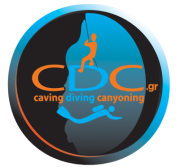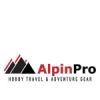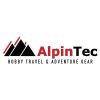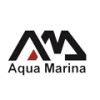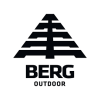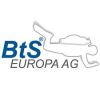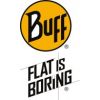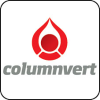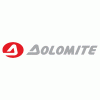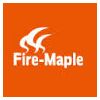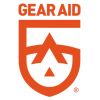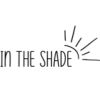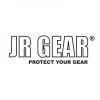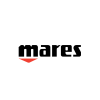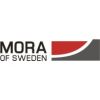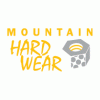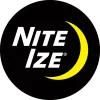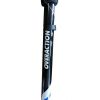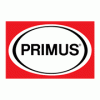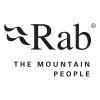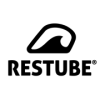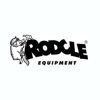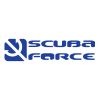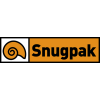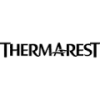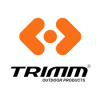Waterproof Membranes
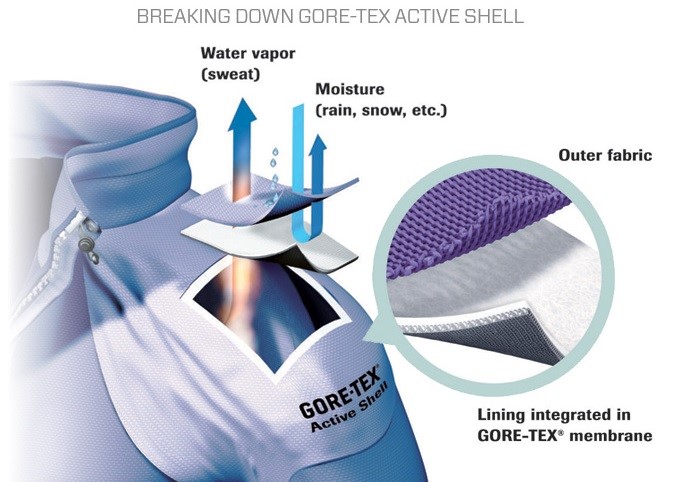
Most of the time in the mountains and in the countryside in general, we need waterproofing jackets to protect ourselves from either rain or snow. In many sports (mountaineering, skiing, hiking, etc.) we will see that it is an essential element of our equipment as either in winter or summer it is always possible to encounter bad weather. Simple daily city jackets cannot protect us, as neither the waterproofing will be enough to cope with the extreme conditions on the mountain, nor their breathability is sufficient to protect us from the excess sweat that will be created by a jacket without good breathability.
Therefore, when choosing a technical jacket - membrane, we must study two specific elements/numbers that describe the waterproofing and breathability of a fabric, and are given in the following form:
E.g. 15.000mm – 10.000g/m²/24h
WATERPROOFING:
The first number is in millimeters ( mm ), and tells us how waterproof a fabric is:
For example
In a membrane with 15,000mm waterproofing, if we place a 1x1 inch water-filled square tube 15,000mm high, then water should not pass through it. Therefore, the higher the waterproofing number, the more protection it provides.
However, technical clothing cannot be absolutely 100% waterproof, no matter how high a waterproof rating is. At some point, if they exceed their predetermined limits, they will get wet. A truly waterproof jacket would for example be made of thick durable plastic (e.g. rubber), but if we wear it on the mountain and go skiing or running, we will sweat very quickly as body moisture is "trapped" inside the jacket , as a result of which we get wet internally. From here on, at the first blast of icy air, a very stiff neck awaits us in all probability, since it’s a part of our body more exposed.
BREATHABILITY:
The second number is in g/m²/24h (often denoted simply as g), and describes how well a fabric breathes.
For example
A jacket with a breathability of 10,000g shows us how many grams of body moisture "escape" from a fabric measuring 1x1m, within 24 hours. A membrane with high breathability is more suitable for activities that require more physical exercise, as they allow sweat and moisture to escape from the body through the fabric, while retaining its warmth.
Therefore, we look for a fine balance between waterproofing and breathability that meets our specific needs. How many hours will we be exposed to snow or rain? And how intense exercise will we do during our activities? Will we go for a slow-paced 2 hour hike? Will we go skiing with long breaks for coffee and hot chocolate in the chalet? Or will we go for freeride skiing, and long hours of mountaineering carrying heavy weight?
All these are parameters that must be studied before choosing a suitable membrane.
As for waterproofing, the numbers usually range from 5,000mm, which is the lowest "allowable" limit for a technical membrane, and can exceed 20,000mm, a membrane suitable for long-hour/multi-day exposure to extreme weather conditions (snow and heavy rain).
Correspondingly, the numbers for breathability start from 5,000g for very mild activities and reach over 20,000g, membranes suitable for mountaineering, freeride, trekking, etc.
WATERPROOFING – BREATHABILITY TECHNOLOGIES:
The most well-known waterproofing membrane company is GORE-TEX®.
(https://www.gore-tex.com)
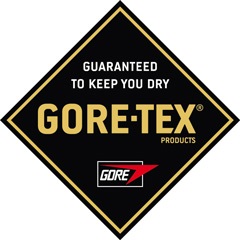
This particular company has been manufacturing membranes since the 1970s, with their own patent, ePTFE (expanded polytetrafluoroethylene), a particularly durable and waterproof material. It contains literally billions of tiny pores which allow the membrane to breathe while maintaining very high levels of waterproofing. It starts at 28,000mm and goes up. Accordingly, the breathability it provides starts from 17,000g/m²/24h and reaches 25,000g/m²/24h. The cost of a Gore-tex membrane is particularly high, but it provides an excellent combination of waterproofing and breathability technology, necessary for intense mountain activities. Gore-tex waterproofing is found in jackets, trousers as well as shoes.
Another well-known waterproofing technology is PERTEX® (https://pertex.com)
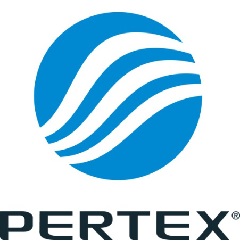
This company started manufacturing membranes since 1980, and they were used a lot in down clothing and sleeping bags because of their good breathability that prevents overheating of the body and sweating.
The most recent membrane technology is called Pertex® Shield and provides 20,000mm waterproofing and 20,000g/m²/24h breathability.
Pertex® vs Gore-Tex®
By comparing the 2 technologies we identify some differences that may help us in our choice. Gore-tex provides particularly durable membranes with possibly a longer lifespan, but they are somewhat "hard" and stiff in feel and would be particularly uncomfortable to wear without clothing inside. On the contrary, Pertex, due to its composition, provides a much "softer" material which is particularly light, comfortable and easy to pack.
LAYERS
Another important difference found in waterproof membranes is the number of layers of which it is composed. There are membranes of 2L, 2.5L and 3L (layers).
2L: The simplest form of membrane is 2L. The membrane is glued onto a layer of fabric. In particular, the outer layer of fabric is usually made of nylon or polyester treated with DWR (Durable Water Repellent), a hydrophobic material that causes water to accumulate in large drops and slide off the jacket. Underneath that on the second layer lays the membrane (Gore-tex, Pretex, eVent etc.)
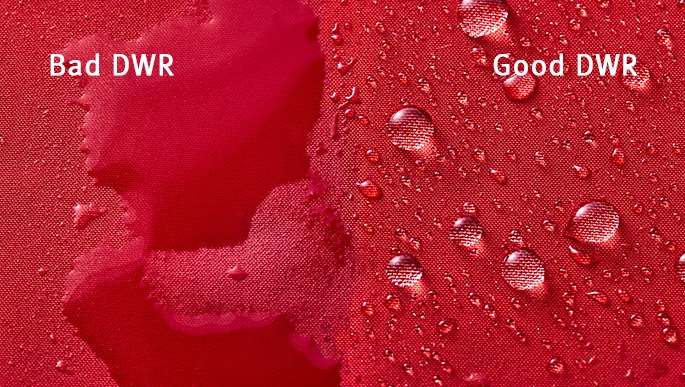
2.5L: These jackets are the lightest, most breathable and often most affordable waterproof membranes. They are thinly made and often feel a bit plastic to the touch. Here, the term "layer" can be a bit misleading. The jacket has the same outer layer with a DWR coating and a waterproof second layer as before (usually economical polyurethane). However, a half layer is actually a printed or sprayed material on the inside of the jacket, usually with a pattern such as dots or lines, but can also be a completely clear material that covers the entire inner surface. These half layers are there to provide additional durability to the waterproof membrane. These increase resistance to sweat and oils. This allows for the waterproof membrane and outer layer to be thinner, reducing weight. The downside, however, is the lightweight construction and printed layers tend to fail under pressure, when very wet or dirty as they have limited resistance. These tend to offer limited wind resistance and basically no insulation on their own, but go great with softshells.
3L: These are the sturdiest and typically the best waterproof jackets when it comes to keeping water out. They also tend to be the most expensive, varying in weight from heavy to light. These have three special layers of material, where the added performance, cost, durability and weight come from. There's a DWR-treated outer layer, a waterproof membrane (generally a better-performing material like Gore-Tex , Pretex or eVent ) and a special inner lining to protect it. The third, innermost layer is not a mesh or print layer, but instead a high-performance compressed layer designed to breathe while preventing oils and dirt from interfering with the waterproof membrane. This added protection allows the use of more advanced, breathable layers such as Gore-Tex and eVent, which would otherwise fail on their own. Despite the use of a breathable second layer, breathability can be reduced here depending on the material, with the special lining slowing down the movement of air through the pores. Generally, many perform similarly to 2.5 layer jackets. However, the actual water retention performance of 3-layer jackets is generally the best money can buy. These provide great wind resistance and can trap limited heat, but should not be considered insulation by themselves.
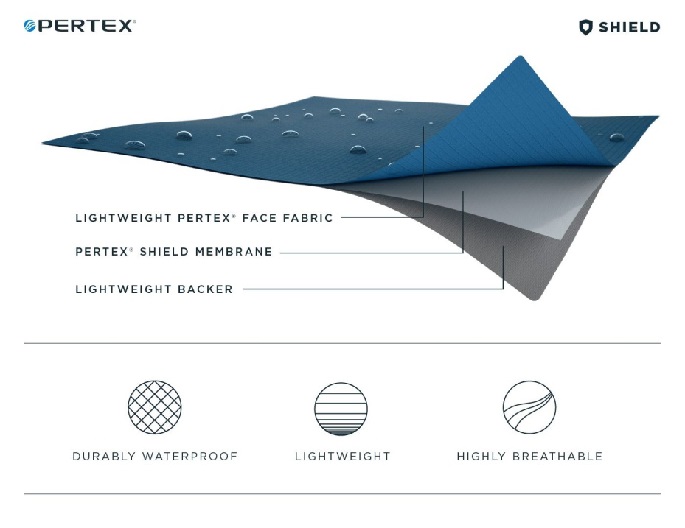
Which jacket should I choose?
Well, let's break it down in a simpler way.
In terms of waterproofing and breathability we will choose a jacket that meets our requirements depending on our activities. For mild activities of short duration, a membrane with a waterproofing range of 5,000-15,000mm and breathability of 5,000-10,000g/m²/24h should be enough. As our requirements increase, we look for a better membrane with a waterproofing range of 20,000mm and above, and breathability of 15,000-25,000g/m²/24h, which of course also increases the cost.
As for the layers:
2L: Good protection, heavy, durable, good breathability, affordable.
2.5L: Good protection, light, less durable, better breathability, often soft, often affordable.
3L: Optimal protection, light weight, more durable, good breathability, expensive.
Therefore, it all comes down to our personal needs and our financial ability!
Sources:
https://treelinebackpacker.com/2018/04/20/2-2-5-and-3-layer-rain-jackets-explained/
https://casualgeographical.com/pertex-vs-gore-tex-technology/
https://www.highpoint.cz/en/high-point-world/how-to-choose-a-waterproof-jacket.html
Recent posts
-
24/05/2024Backpack Guide Part Α’ 10 – 30 L
-
20/03/2024Guide for crampons
-
19/02/2024Hangboarding for beginners
-
06/02/2024Rock Climbing in Occupational Therapy
-
23/11/2023Climbing Grades
-
22/11/2023Climbing in psychotherapy
-
16/11/2023What is Bouldering
-
15/11/2023Trad VS Sport Climbing
-
15/11/2023Winter Tents
-
07/11/20233 Season Tents
-
03/11/2023Summer Tents
-
02/11/2023Lifespan Of Your Climbing Gear – Part B Metal Components
-
02/11/2023Lifespan Of Your Climbing Gear – Part A (Harness, Rope, Slings and Webbing)
-
30/10/2023Nail Vernis Aquaglutene - Vade Retro
-
30/10/2023THE LOG BOOK
-
30/10/2023Mountain cookware
-
30/10/2023Our Blog
-
30/10/2023Climbing Shoes - Quick Buying Guide
-
30/10/2023Washing and maintenance of the sleeping bag
-
30/10/2023Superlight Tents
-
30/10/2023ΙNFORMATION FOR CRAMPONS
-
30/10/2023Ice axe
-
30/10/2023INFLATABLE MATTRESS SLEEP
-
30/10/2023Nikwax secrets of waterproofing
-
30/10/2023What Is “Softshell”?
-
30/10/2023Slacklining, ένας εναλλακτικός τρόπος γυμναστικής.
-
30/10/2023Mountaineering - Hiking Boots
-
30/10/2023Waterproof Membranes
-
30/10/2023Sleeping Bags
-
30/10/2023Sleeping Mats
-
30/10/2023Base Layers
-
30/10/2023Climbing Helmets
